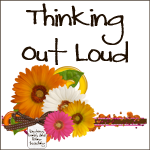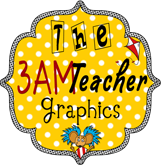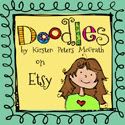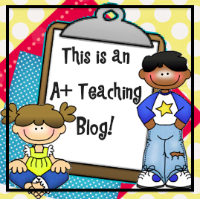In Cris Tovani's book Do I Really Have to Teach Reading?, we have been reading about the 'so what' of reading comprehension. The major question she asked herself was "How had strategy instruction helped these students understand...?" She goes on to say that strategy instruction is a process where the teacher adapts lessons/activities to the NEEDS of the students and the content you want them to comprehend. She talks modeling, giving students a purpose to read, and showing them different ways to hold their thinking as they read. As I read this, I thought back to when I was teaching social studies and how I didn't do these things when I taught, nor did I even think about these things as I planned my lessons. When I started teaching reading, I modeled my thinking for the students because I realized that they didn't know that they were supposed to be having conversations with themselves about what they were reading. I then thought how I wished I could have used this when I taught social studies. I feel sorry for my students who I had before I learned about how to teach reading comprehension. Social studies could have been more engaging for the students if I had only thought "So What"!!
In this same chapter Tovani shares her Double Entry diary in relation to the "So What" strategy. What have been your successes and challenges with incorporating the diary into your instruction? How have the students responded?
Subscribe to:
Post Comments (Atom)





























I have been trying to implement this strategy over the last several weeks. I had not realized that I was lacking this is my attempt to teach students to comprehend. When I first read this, I thought, "No wonder my students still aren't getting it!" I taught my students to make connections, ask questions, infer, visualize, etc. However, the difference I've realized is that they would simply do so to put something on paper (for the grade.) I was being negligent of this and the fact that they were missing the boat completely!
ReplyDeleteI was not expecting the challenge of transferring students from making "surface level" connections toward meaningful connections that actually shape our understanding of the text. It is hard to go back and get students to forget the way we've been doing things-to start over from scratch. I thought it would make more since this way. For students, they have to really think about how they are using a connection or why they are asking a question. It's hard for them to put their thinking process into works. Ex: A student was sharing this connection with "Lance Armstrong," I can connect to him because I've had a family member suffer cancer but my family member didn't survive.
I asked her the question, "So what, how were you able to use this connection in the text?" She said she connected to it. I asked how she was using that connection. She said to connect to Lance. We went round and round until I finally guided her through the realization that yes she was making a connection and that her knowledge of cancer and seeing that person suffer through cancer could give her knowledge of Lance's struggles and even his triumphs.
We are still working but some students are beginning to realize the true purpose of using comprehension strategies and become stronger readers.
It is not an easy process to get below the "surface" of using comprehension strategies but when it happens it is magical and true comprehension happens. It will take time and patience to guide students through this process but the benefits will be outstanding. I think this is where our whole school is in the process. We have surface comprehension but are not moving deeper to the "so what."
ReplyDelete